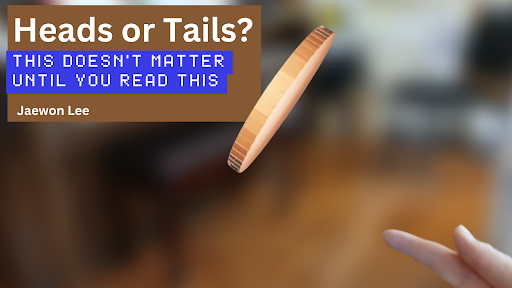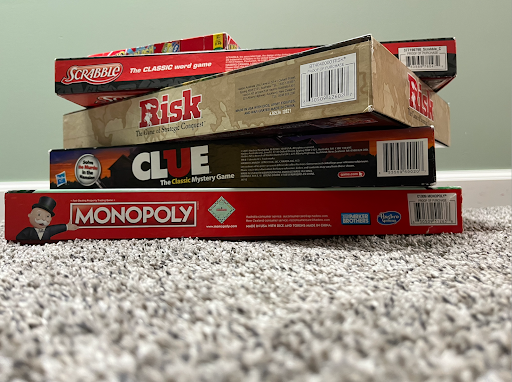There are things we use in our everyday lives without thinking too much about them. Realistically, who wonders about the history of a desk every time they look at one? Who wonders about the history of the lightbulb when they turn on the lights in their room? Okay, so maybe we already know a lot about the lightbulb. It wouldn’t exist if not for a man now famous for his invention of the lightbulb, Thomas Edison… Right? He is credited for inventing it… But often in history, we see that people are credited for many things they didn’t actually do. So… does this apply to Edison, too? Or is he really the one who created the lightbulb?
To answer this question, it’s best to back up a little bit in time, to a time far before Edison patented and started to commercialize his incandescent first lightbulb in 1879. Alessandro Volta, an Italian inventor, made the first practical method of generating electricity in 1800, the voltaic pile. Not too much time had passed between when Volta presented his discovery of a continuous source of electricity to the Royal Society in London and when Humphrey Davy produced the first electric lamp. Davy did this by connecting voltaic piles to charcoal electrodes. Davy’s invention in 1802 soon came to be known as an electric arc lamp.
Although the electric arc lamp was a great improvement from Volta’s voltaic piles, it still wasn’t the best source of light. Too bright for home and workspace use was not the only problem – the lamp also burned out relatively quickly. And then 1840 arrived, where Warren de la Rue, a British scientist, designed a lightbulb, replacing copper with coiled platinum filament. However, the very high cost of the platinum prevented this lightbulb from its otherwise possible commercial success. William Staite, an Englishman, then improved this in 1848, but this also was constricted by the high cost of the batteries that powered his lamp.
Later in the year 1850, Joseph Swan, an English chemist, began working on making light more economical. Swan then developed a lightbulb with carbonized paper filaments to replace the platinum filaments ten years later, in 1860. But through many tweaks here and there by different people, Edison was the first to come out with the lightbulb we know and use every day.
While it is true that Thomas Edison was the inventor of the lightbulb used today, other lesser-known people have contributed heavily to Edison’s invention that changed how we are living now, and without their contributions, we quite literally wouldn’t have such a convenient light source both during the day and night and all year round.
So thank you, people who may have been lesser known for creating a life we live in today. We acknowledge your contributions in creating the lightbulb, contributions that maybe, possibly, could’ve been worth much more than Edison’s final product.








Darwin Everest • Feb 7, 2024 at 8:04 pm
Excellent, excellent! Love the writing, thank you so much for the info. This was an interesting read.